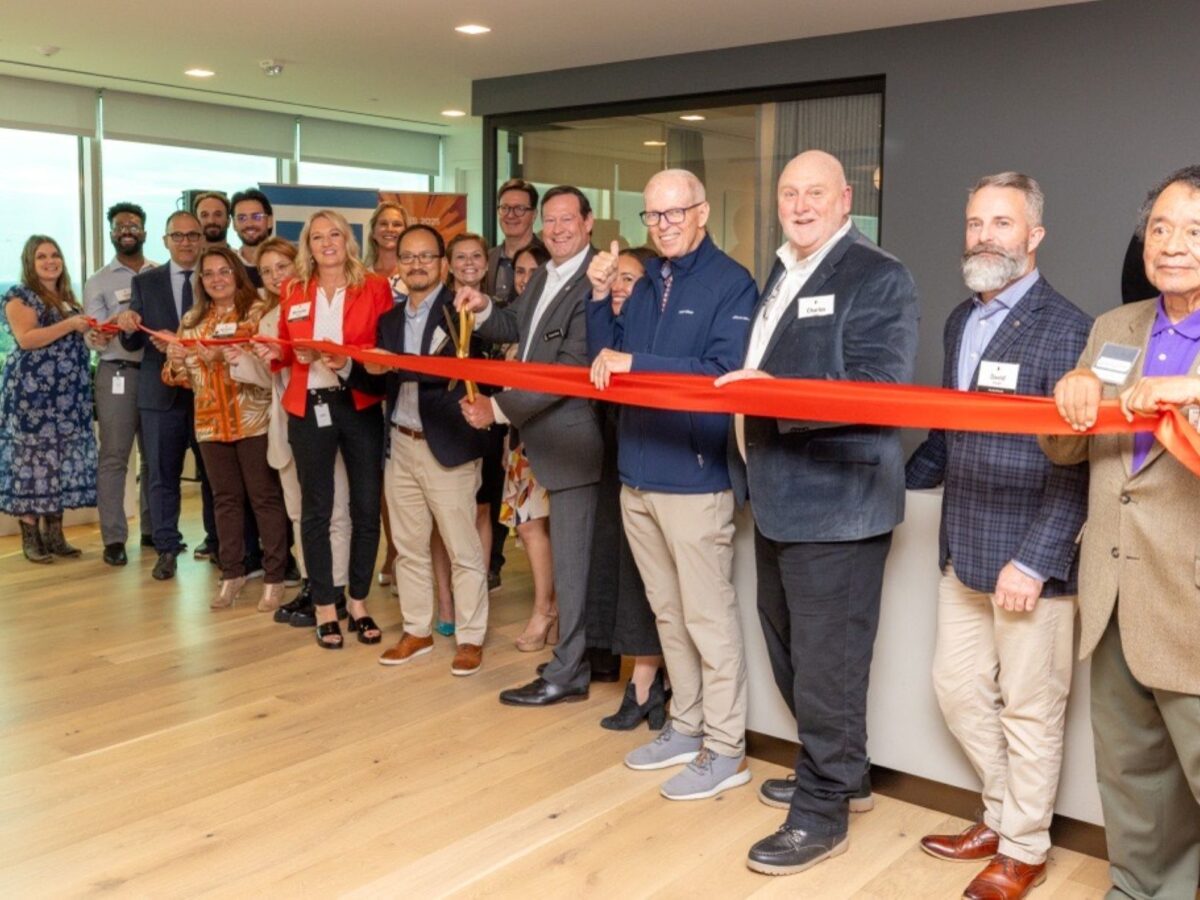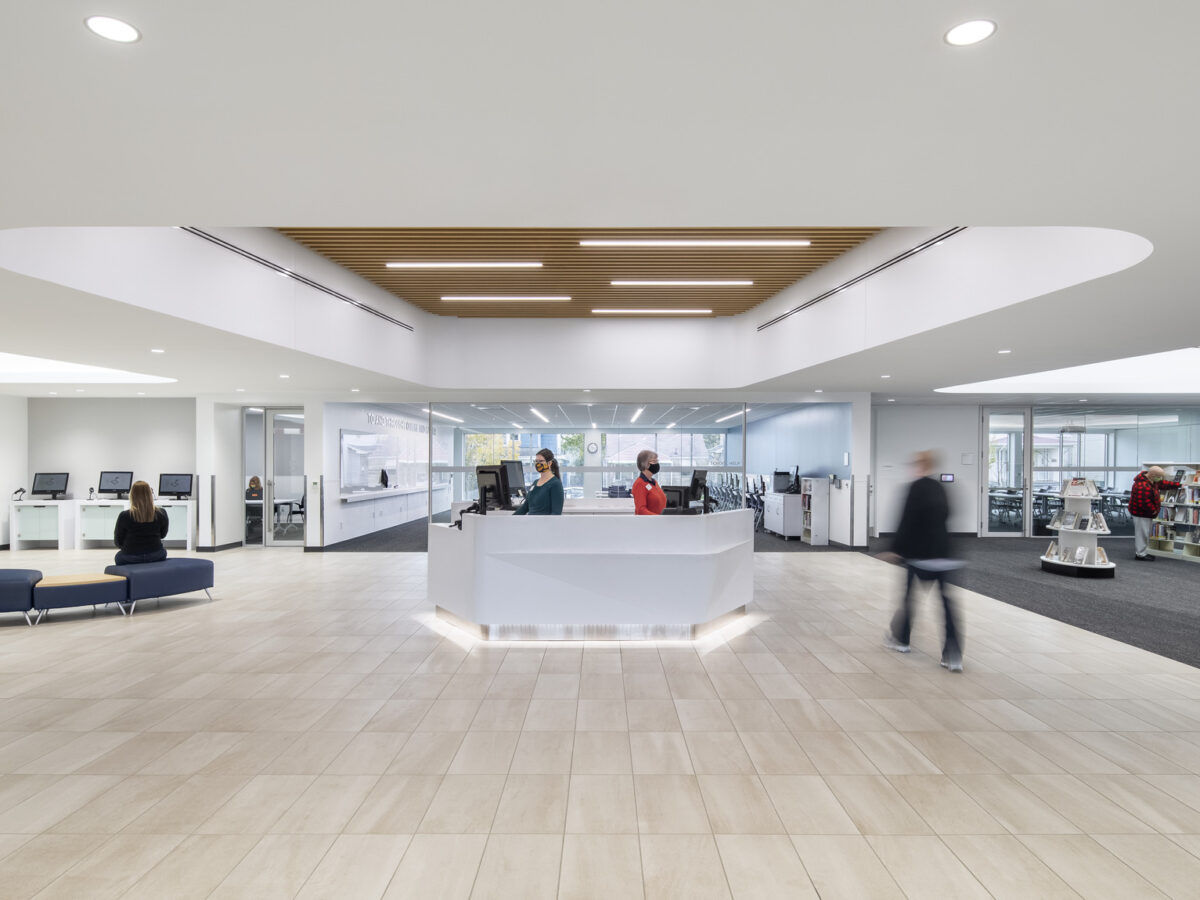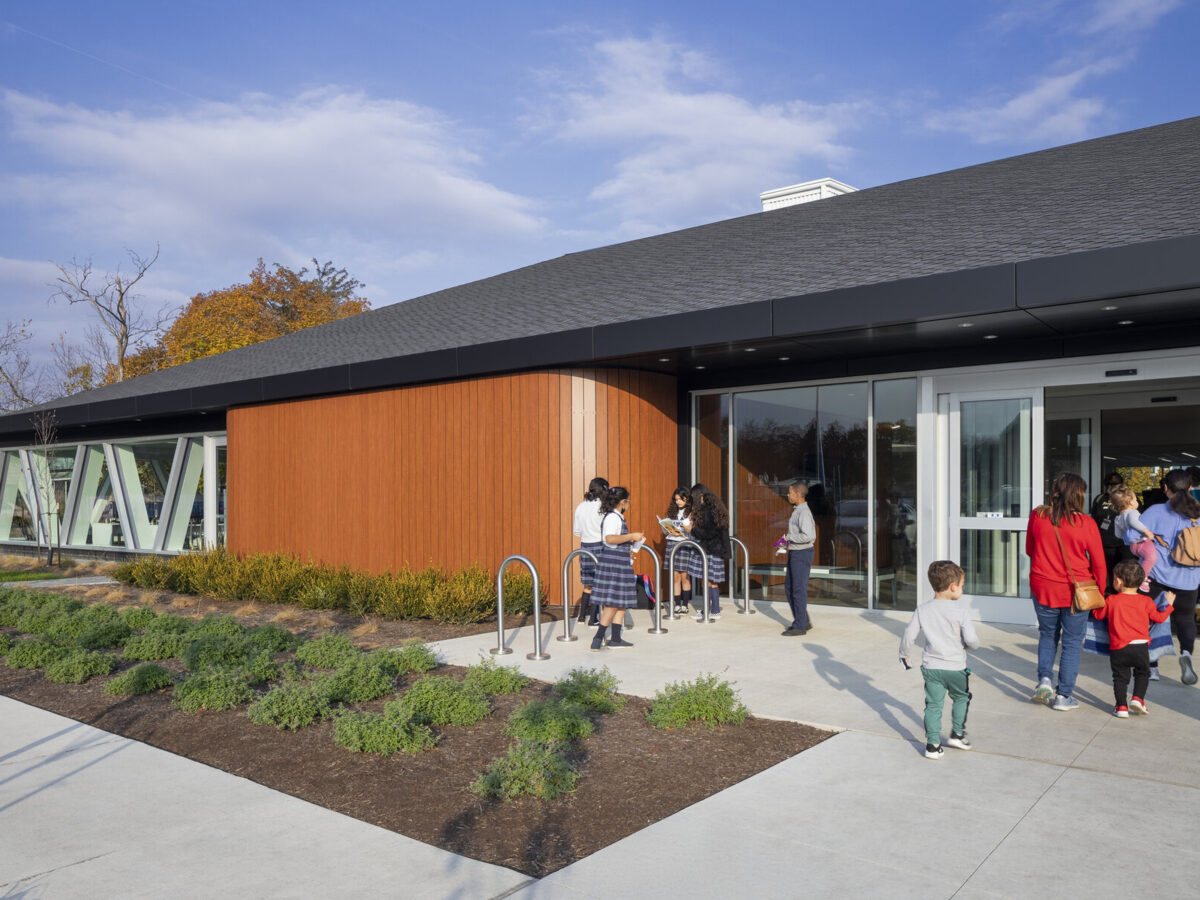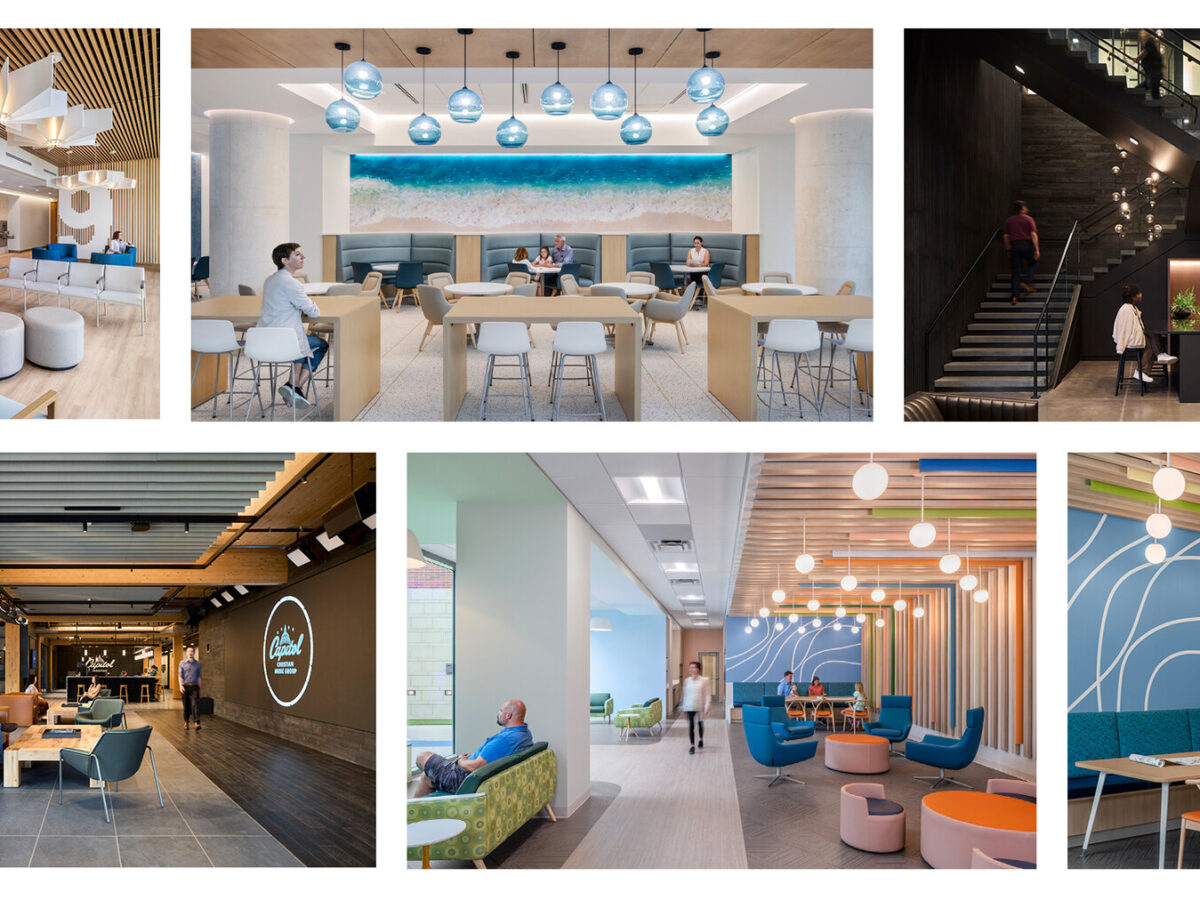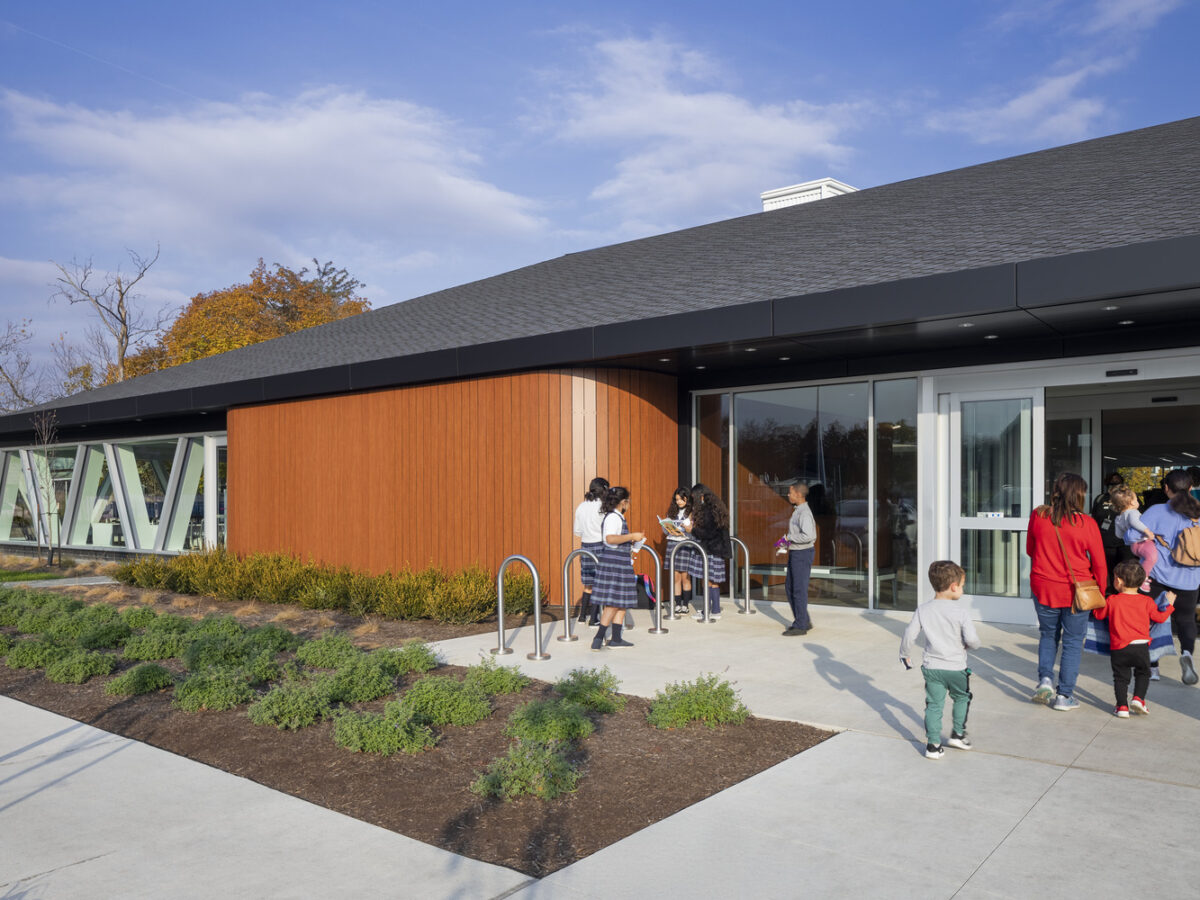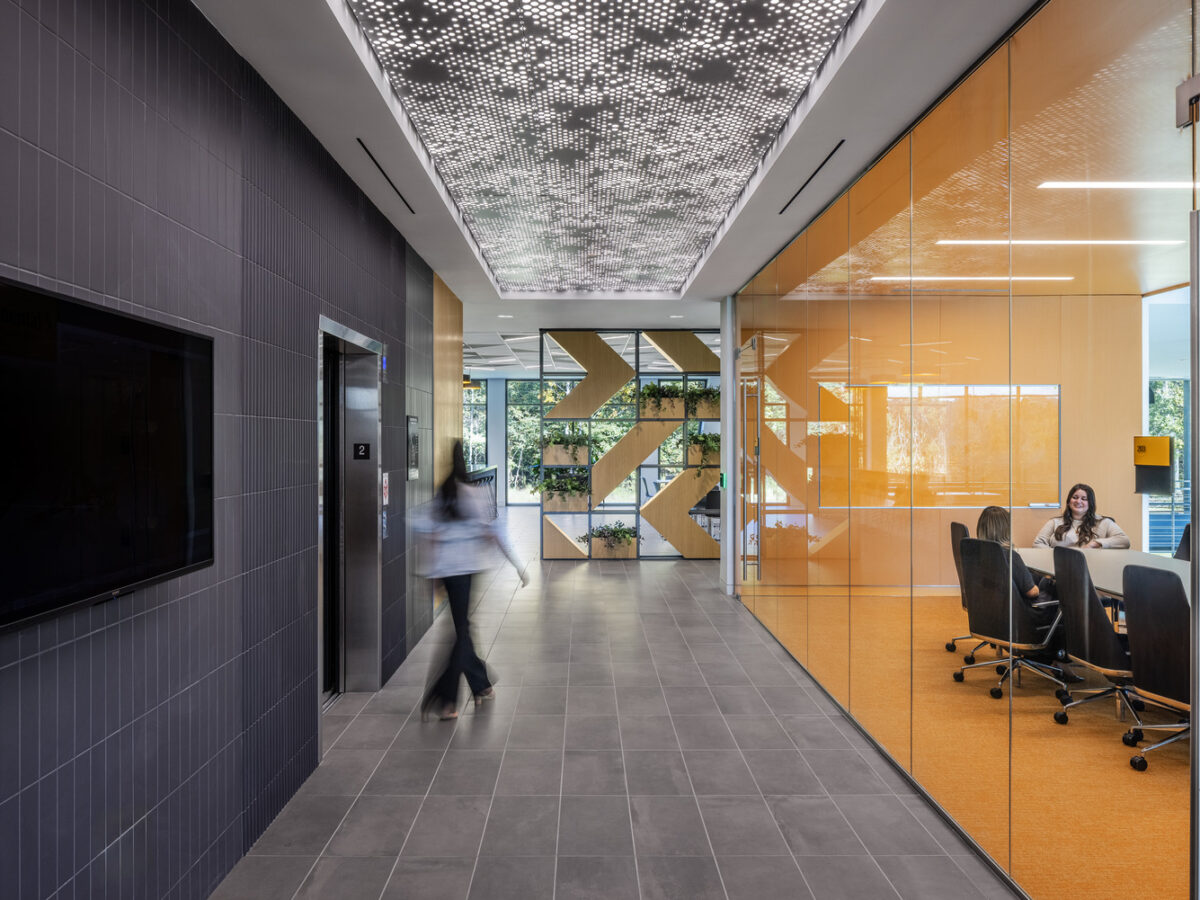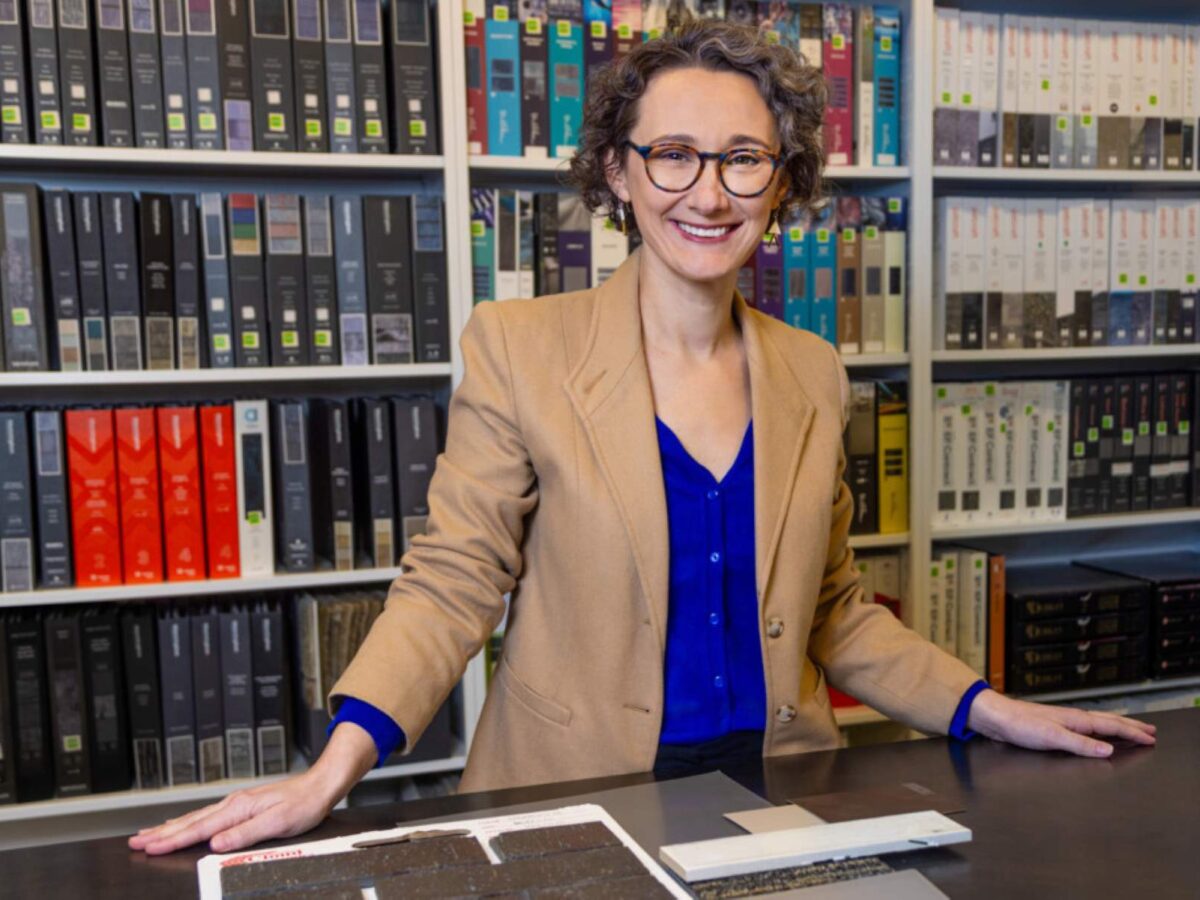The advent of COVID-19 has changed expectations about the types of things that people want to have validated in their buildings, with landlords, building managers and end users considering what health and wellness strategies need to be adopted to create a healthy building environment.
For nearly 20 years, there’s been an almost exclusive focus on LEED as the building rating system of choice, with a primary focus on sustainability and energy efficiency.
Over recent years, however, there’s been a recognition of the human health component of the built environment. This has resulted in a different class of building rating systems that take into account human health and wellness factors. And those are gaining even more currency with the advent of COVID-19, which has seen people zero in on the issue of personal health and wellness like never before.
I recently sat down with my Gresham Smith Corporate + Urban Design colleagues Alyson Mandeville, an interior designer and studio leader in Tampa, as well as Jenna Crow, an interior designer in Nashville, to talk about Fitwel and WELL—the two leading alternative building rating systems that emphasize healthy buildings.
In this post, I share some highlights of that discussion, breaking down the certification systems, their response to COVID-19, and how they each “play” with LEED.
Jeff Kuhnhenn: LEED has been the gold standard in building rating systems. Is it time for clients to think about alternatives?
Alyson Mandeville: I don’t necessarily think it’s time for alternatives to LEED. But I do think there are other third-party rating systems that are particularly relevant when looking at future resiliency and human health sustainability, which are at the forefront of everyone’s minds right now. I feel that sustainability and the impact construction has on the quality of an environment will continue to be important, especially given our current climate crisis.
When the LEED rating was first developed, the goal was to provide standards for environmentally sustainable design, construction and operation of buildings and neighborhoods. If you fast forward 20 years, I think that LEED has been successful in influencing the marketplace just as its founders hoped.
Though the baseline code requirements have advanced to a point where they require higher standards for energy, water and indoor environmental equality, I think the bigger question for LEED is how will the rating system evolve to move the needle in terms of sustainability? In other words, what is next for LEED? And that brings us to a shift toward other building certification systems that are making a big impact on human health and future resiliency.
Jenna Crow: I think it’s important to note that the shift toward other building rating systems wasn’t initiated because of COVID-19, but it has certainly increased interest in them. And it’s something that certain clients may now value beyond a building’s environmental impact.
I think most people agree that it’s vital to encourage the implementation of operations that control the transmission of infectious disease and to continue with third-party certifications such as Fitwel and WELL, which may be considered alternatives to LEED. Both address what LEED originally set out to do, which is reduce the predisposition to chronic disease and add quality to life.
Jeff: Jenna, how would you summarize Fitwel?
Jenna: Fitwel’s certification system was designed to prioritize building occupant health regardless of project size, age or location. Since its launch in 2017, more than 540 projects have been certified or are pending certification, which has positively impacted over 106,000 people.
Fitwel targets seven health-impact categories in which a project can be scored, including the impact on surrounding community health, reducing morbidity and absenteeism, and promoting occupant safety. Its scorecards include 55+ evidence-based design and operational strategies that enhance buildings by addressing a broad range of health behaviors and risks.
One of the biggest advantages to Fitwel is there are no prerequisites to entry that prevent a building from being eligible to earn a Fitwel Certification, which is achieved through a 1 to 3-star rating—3 being the highest. It’s a more affordable certification system compared to others and has a relatively low price to register and certify.
Fitwel Certification is valid for three years. Recertification requires a fee and a review of the project based on the Fitwel Scorecard for which the project was originally awarded certification.
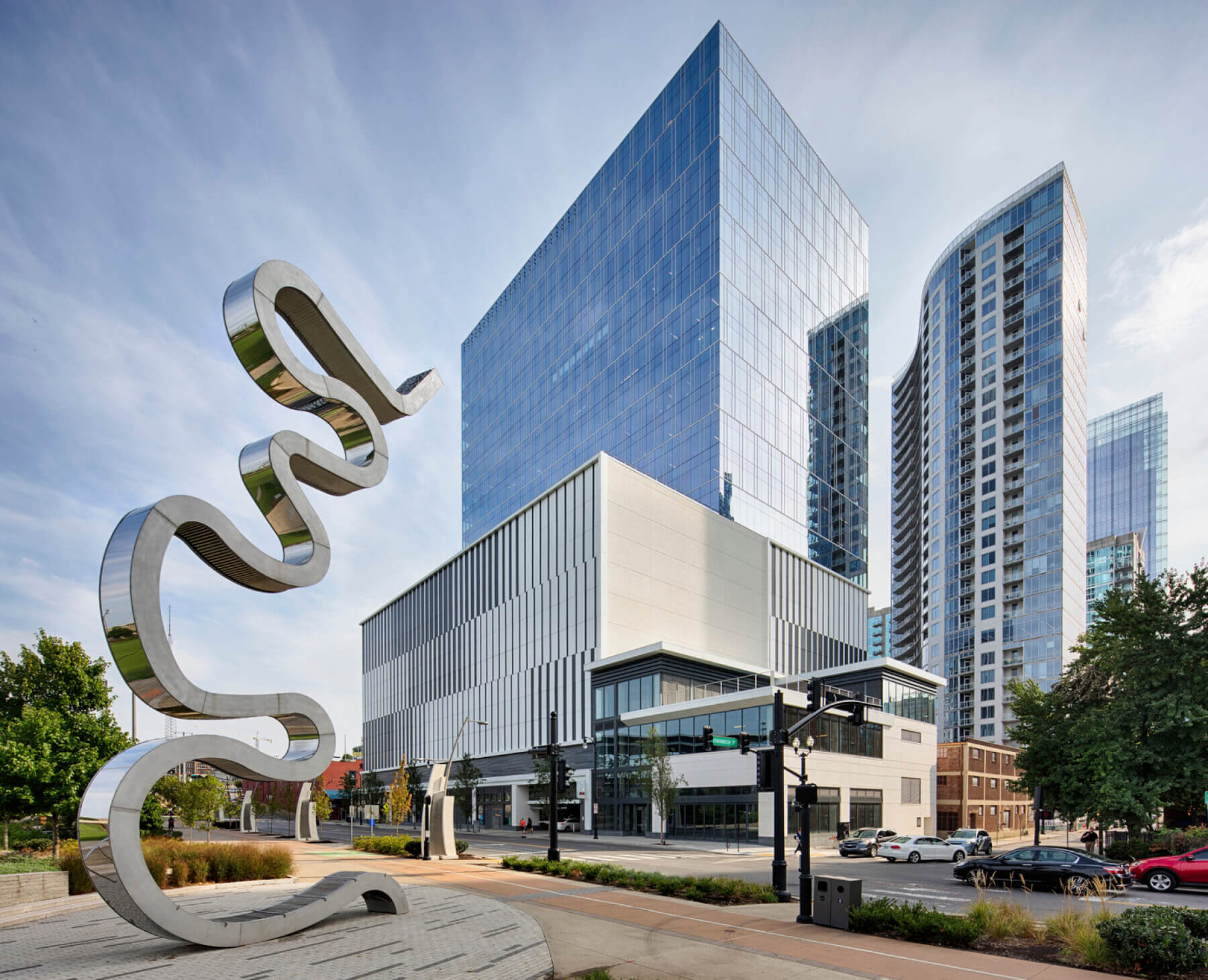
Jeff: How is Fitwel responding to COVID-19?
Jenna: Fitwel has released a Viral Response module that establishes minimum requirements based on scientific evidence to mitigate the transmission of COVID-19 and other infectious respiratory diseases like the flu and legionnaires’ disease. It’s broadly applicable and can be used in any commercial or residential building.
Fitwel Viral Response Certification can be used as an entry step to obtain Fitwel Certification. There are two levels—Viral Response Certified and Viral Response Certified with Distinction. The strategies to obtain Viral Response Certification include enhancing the indoor environment and implementing behavior interventions to mitigate viral transmission.
Jeff: Alyson, how would you describe WELL?
Alyson: The International Well Building Institute (IWBI) launched the WELL Building Standard v1 in 2014, which is a standard for a building’s interior spaces and neighborhoods, with a focus on supporting and advancing human health and wellness.
IWBI recently launched WELL v2, which is centered around 11 concepts ranging from air, water and light to thermal comfort, materials, the community and innovation. It serves as a science-based framework to cover decisions such as how a building’s interior layout should be arranged to provide optimal natural daylight and how employers can incentivize their employees to make healthy choices.
WELL identifies 100 performance metrics, design strategies and policies that can be implemented by building owners, designers, engineers, contractors, end users and operators.
To achieve the requirements of the WELL Building Standard, the space must undergo a process that includes an on-site assessment and performance testing by a third party. Once certified, there’s a recertification process every three years.
Jeff: How is WELL responding to COVID-19?
Alyson: Earlier this year, the IWBI launched the WELL Health-Safety Rating to help building owners and operators to prepare their spaces for reentry in a post-COVID-19 environment. The genesis of the rating was based on feedback from IWBI’s taskforce on COVID-19—a group of more than 600 professionals, including public health experts, doctors, virologists, designers and architects.
The rating—which is based on the WELL Building Standard but has less stringent requirements than full WELL Certification—focuses on design features that are specifically effective to combating viruses such as COVID-19 as well as common germs, bacteria and fungi.
In talking about why building owners may be interested in obtaining the Health-Safety rating, it’s important to note that its features can be deployed quickly and without a lot of major capital investment. The rating also instills public confidence that the appropriate preventative measures are in place.
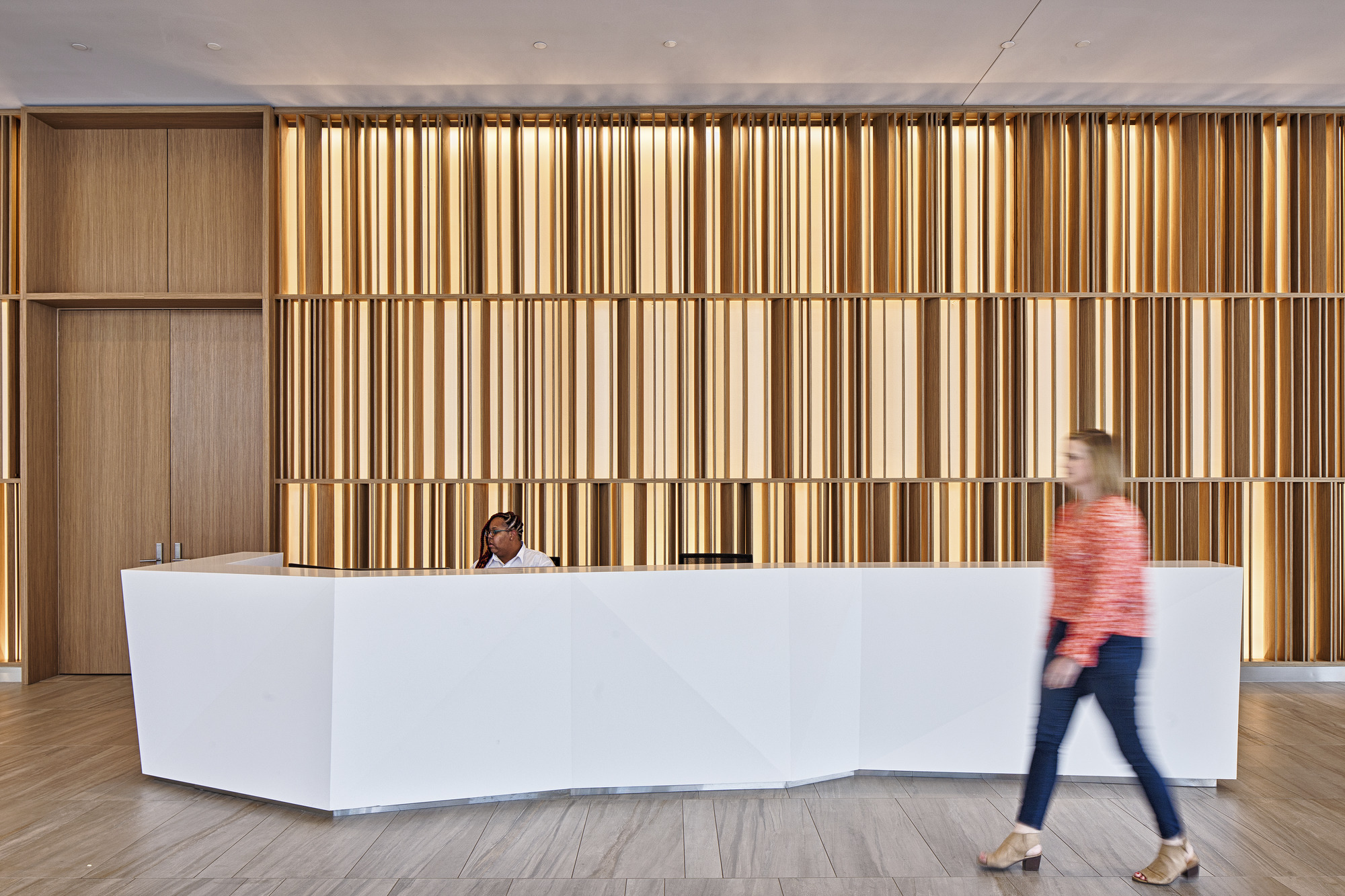
Jeff: How do Fitwel and WELL compare to each other?
Jenna: I think the best way to answer that is to paraphrase Joanna Frank, the president and CEO of the Center for Active Design. She said that health is emerging as the “missing link” in the sustainability movement because it rounds out the triple bottom line of People, Planet and Profit.
In response, both Fitwel and WELL were developed to address the need for healthier buildings, and both are recognized by leading global organizations. They can both be used internationally, and both can be applied to different project types. Each of them has a three-tier certification structure that requires recertification on a three-year cycle.
Alyson: And there are certainly pros and cons to each certification system in terms of human health sustainability. One may be more applicable for one building owner over another depending on what reasons they’re seeking certification.
I’d say the barrier for entry to WELL Certification is substantially higher than for Fitwel Certification. Not only is it more expensive, but it’s also more stringent, comprehensive and difficult to earn. So, it carries a “badge of honor” as it’s harder to obtain.
Jenna: I think that Fitwel was inherently designed to be simpler to implement and document. It allows for more flexibility and a wide mix of strategies to apply to projects. However, it’s been criticized for being too easy for some properties and also not going beyond what is considered common practice to raise the bar on health and wellness.
Jeff: Given all we’ve discussed I’ve often been asked will LEED eventually go away? What do each of you think?
Alyson: Of all the certification systems currently available, LEED has the strongest brand recognition. It’s been a useful metric that has raised the bar in areas such as building code requirements.
There has been a backlash against government regulation of the certification, however, and critics of LEED have even raised questions about its current effectiveness, arguing that points can be obtained without necessarily making things better. So, although I don’t think the LEED Certification will go away, I do feel it needs to evolve to make a larger dent, especially during these current times.
Jenna: I agree. I don’t believe that LEED—or Fitwel or WELL for that matter—will ever go away. But I think the practices that earn recognition within these systems could, and maybe even should, become benchmarks of a responsibly designed and built project.
LEED emphasizes environmental and sustainable building practices, while Fitwel and WELL prioritize the health, safety and well-being of building occupants. I don’t really think these ideas can be separated from each other, but I do think they function better when viewed holistically.
At the end of the day, it’s ultimately up to a building owner whether or not they should pursue certification—perhaps for publicity or selling points on a new building or development—but these practices should be considered and incorporated anywhere possible to ensure the best possible life for a building’s occupants.
After the shock that was—and still is—COVID-19, having safe, reliable and healthy buildings and communities is more important than ever. And while LEED, WELL and Fitwel all set baselines, it’s ultimately up to us as individuals to make sure a building and its surrounding communities stay healthy for everyone.




